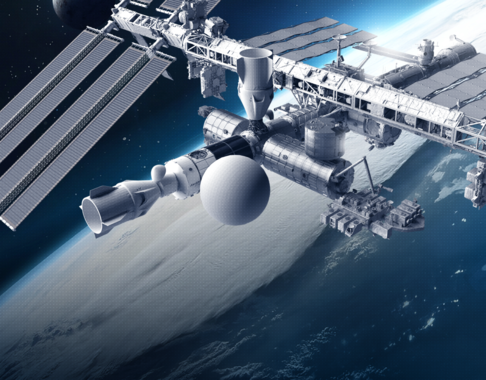Will SpaceX recover Superheavy on land or at sea?
A recent job posting by SpaceX suggests it is still exploring its land or sea landing options for its Superheavy booster.
The job posting said that the company was “seeking a Marine Engineer to support … [its] current fleet of rocket and spacecraft recovery vessels, as well as the development of marine recovery systems for the Starship program.”
The article at the link outlines the many recovery options SpaceX has for Superheavy. The author notes that company’s recent focus has been to bring Superheavy back to its launchpad for quick relaunch. This new job posting suggests SpaceX has not finalized these plans.
First, it might be possible that SpaceX is merely preparing for the potential recovery of debris or intact, floating ships or boosters after intentionally expending them on early orbital Starship test flights. Second, SpaceX might have plans to strip an oil rig or two – without fully converting them into launch pads – and then use those rigs as landing platforms designed to remain at sea indefinitely. Those platforms might then transfer landed ships or boosters to smaller support ships tasked with returning them to dry land. Third and arguably most likely, SpaceX might be exploring the possible benefits of landing Super Heavy boosters at sea.
The author goes on to analyze the pros and cons for returning Superheavy to land, as well as the issues landing it at sea. Based on this analysis, SpaceX is probably planning to have Superheavy to return to land for the near future, even as it explores the sea option because it uses so much less fuel.
A recent job posting by SpaceX suggests it is still exploring its land or sea landing options for its Superheavy booster.
The job posting said that the company was “seeking a Marine Engineer to support … [its] current fleet of rocket and spacecraft recovery vessels, as well as the development of marine recovery systems for the Starship program.”
The article at the link outlines the many recovery options SpaceX has for Superheavy. The author notes that company’s recent focus has been to bring Superheavy back to its launchpad for quick relaunch. This new job posting suggests SpaceX has not finalized these plans.
First, it might be possible that SpaceX is merely preparing for the potential recovery of debris or intact, floating ships or boosters after intentionally expending them on early orbital Starship test flights. Second, SpaceX might have plans to strip an oil rig or two – without fully converting them into launch pads – and then use those rigs as landing platforms designed to remain at sea indefinitely. Those platforms might then transfer landed ships or boosters to smaller support ships tasked with returning them to dry land. Third and arguably most likely, SpaceX might be exploring the possible benefits of landing Super Heavy boosters at sea.
The author goes on to analyze the pros and cons for returning Superheavy to land, as well as the issues landing it at sea. Based on this analysis, SpaceX is probably planning to have Superheavy to return to land for the near future, even as it explores the sea option because it uses so much less fuel.

